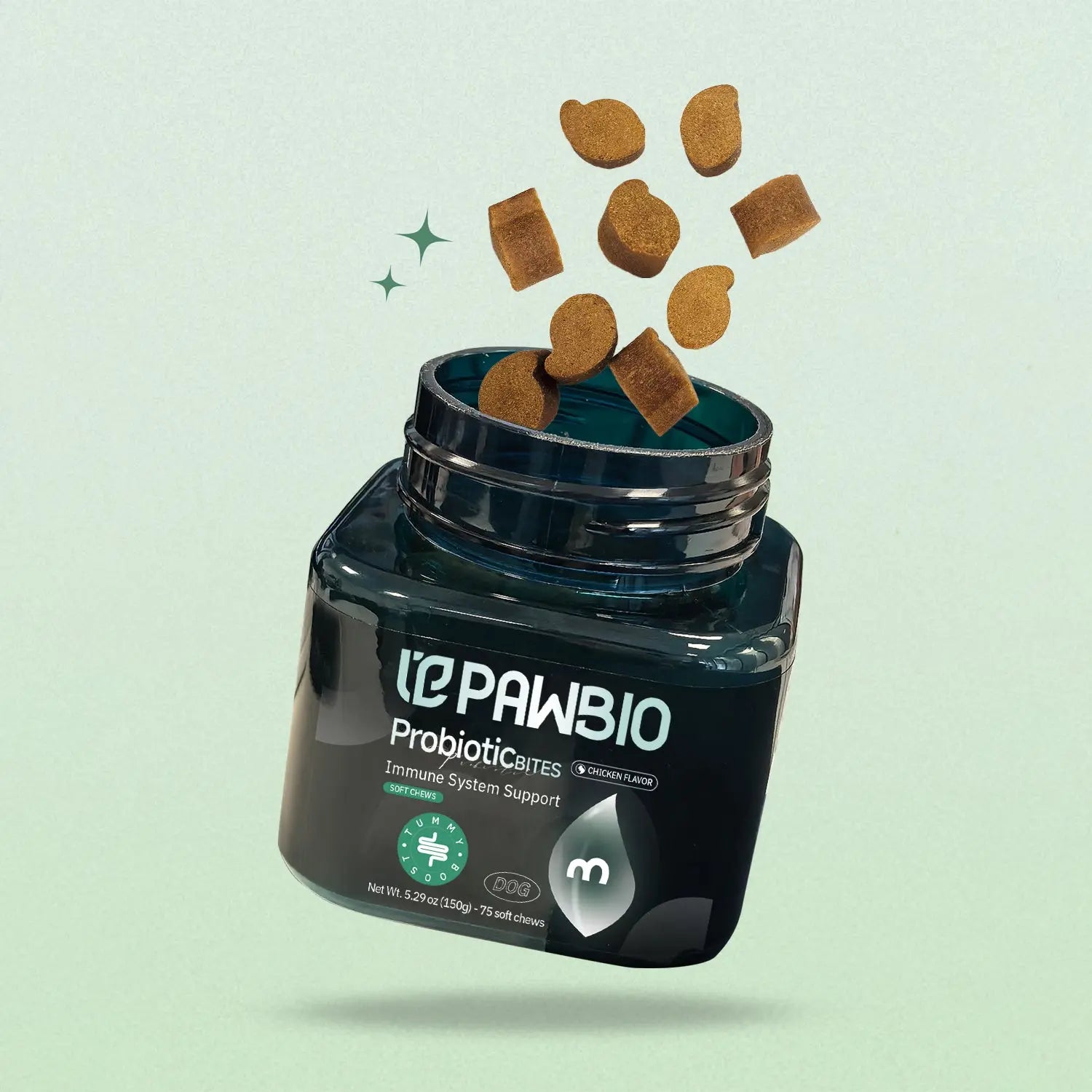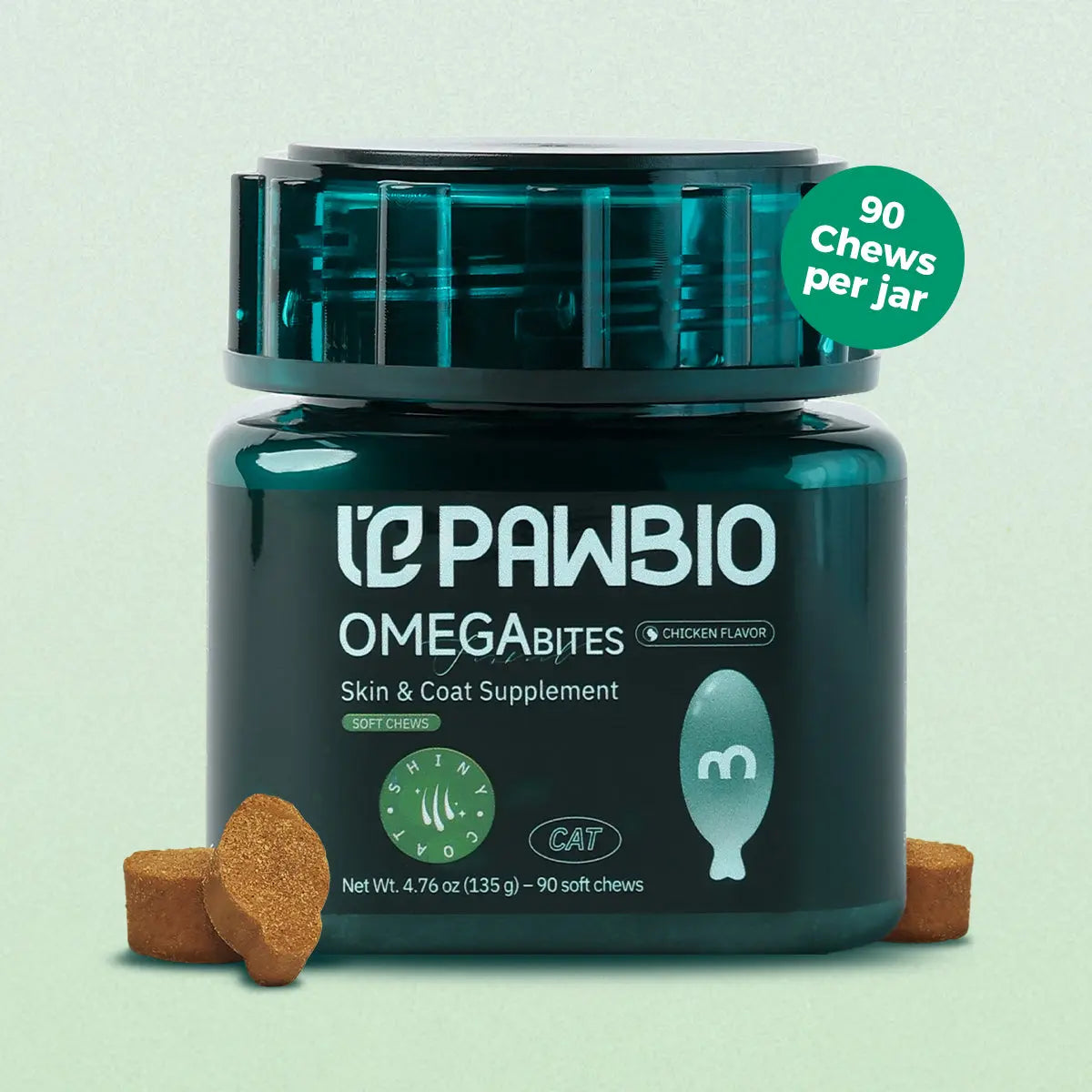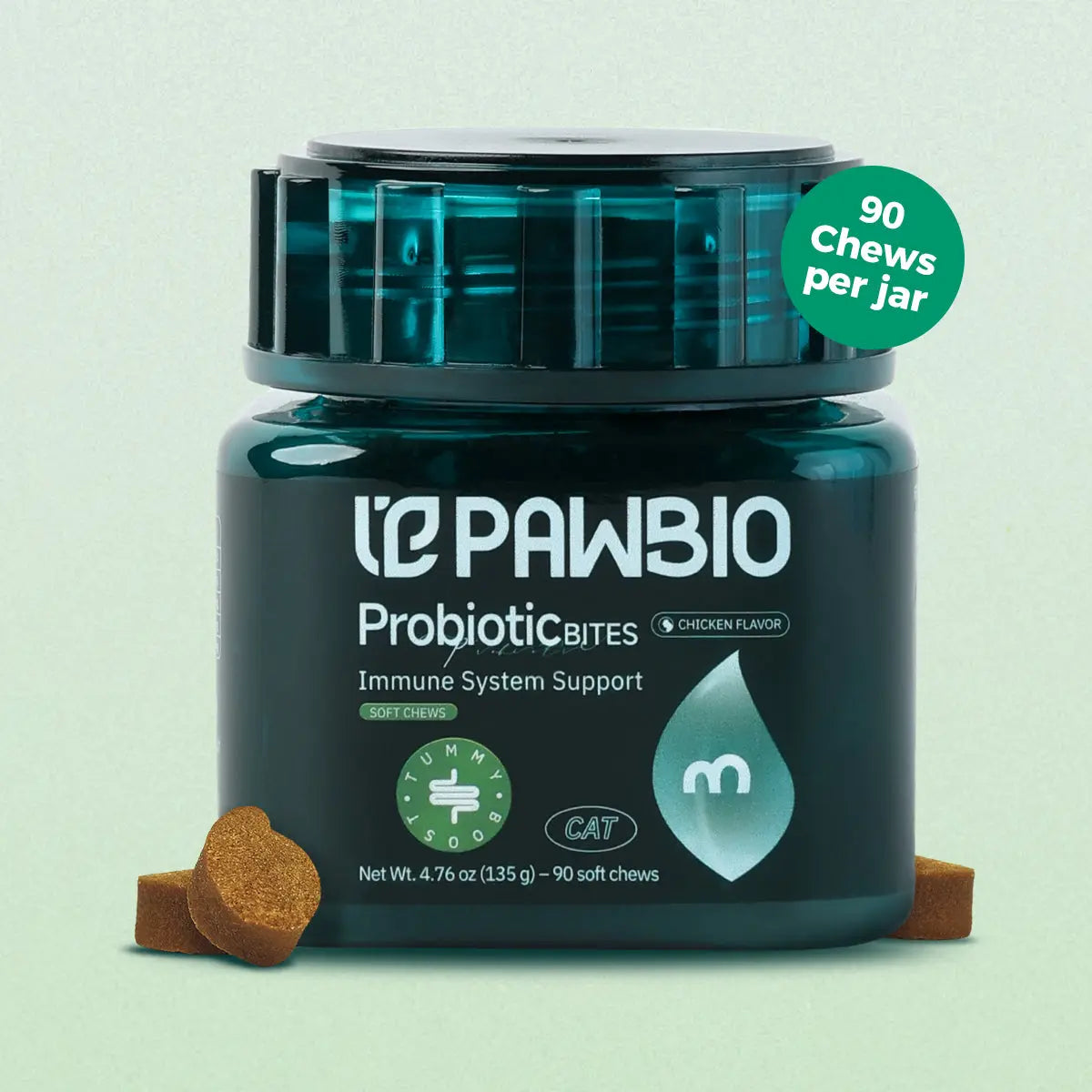By Dr.Jonathan Reed
When Your Vet Hears That Mysterious ‘Whoosh’: A Cat Owner’s Guide to Heart Murmurs & How CoQ10 Supplements Might Help
Introduction: A Moment in the Clinic
Disclaimer: This information is for education only and should not replace your veterinarian’s advice. Always consult with your cat’s veterinarian before introducing supplements.

What Is a Heart Murmur, in Simple Terms?
Everyday Signs You Might Watch For
-
Less energy, reluctance to jump or play
-
Poor appetite or weight loss
-
Faster or more labored breathing, especially after exertion or at rest
-
More sleeping, less exploration
-
Pale gums or occasional collapse
-
In extreme cases: sudden hind leg paralysis (from arterial blood clots) PetMD
What Happens After the Vet Detects a Murmur?
-
Blood and general health workup
-
Chest X-ray to see heart size and lung fluid
-
ECG to check for arrhythmias
-
Echocardiogram (ultrasound of the heart) — this is the most definitive test to visualize heart structure, valve motions, blood flow, and chambers. Cornell University College of Veterinary Medicine
-
Additional monitoring or biomarkers as needed
So, Where Does CoQ10 Come In?
-
Supporting energy generation in cardiac cells
-
Mitigating oxidative stress in the heart
-
Complementing diet, lifestyle, and medical interventions
How to Use CoQ10 Soft Chews Safely & Smartly
-
Choose a pet-specific, high-quality formulation with verified ingredients
-
Administer with food, particularly fatty meals, to improve absorption
-
Start with a conservative dose and monitor your cat’s appetite, breathing, activity level, weight
-
Keep a habit log (e.g. respiratory rate at rest, activity level)
-
Bring all supplements to vet visits, so your vet is aware of everything your cat is taking
Supporting a Heart-Healthy Lifestyle for Your Cat
-
High-quality diet with balanced protein and nutrients
-
Weight management — avoid obesity, maintain lean muscle
-
Regular play and moderate exercise (without overexertion)
-
Stress reduction and environmental stability
-
Routine veterinary checkups, especially as your cat ages
-
Prompt investigation if you notice changes (breathing, activity, appetite)












